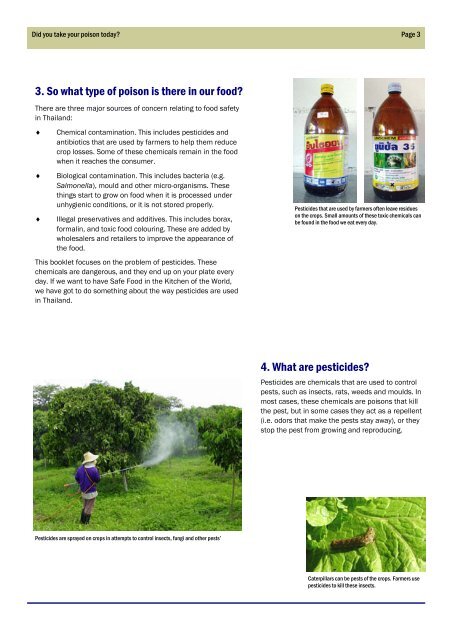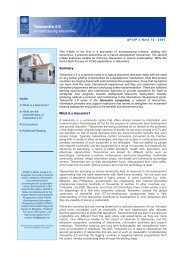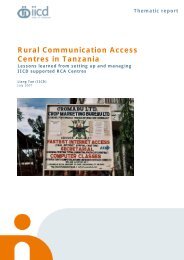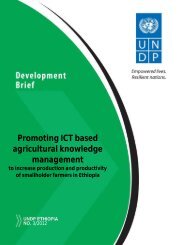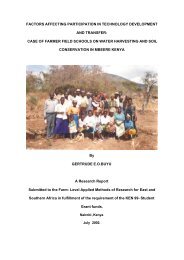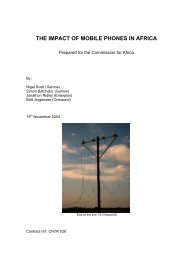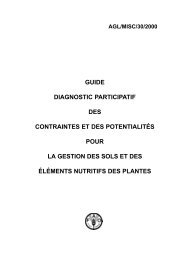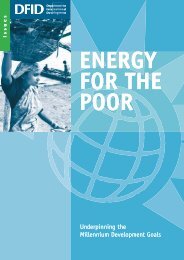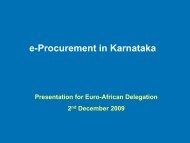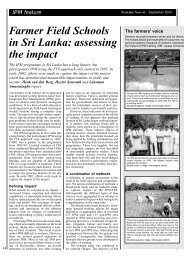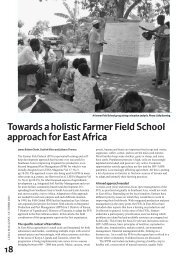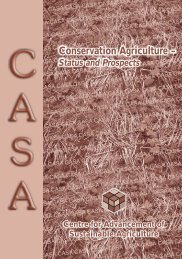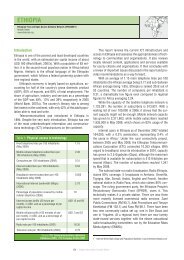Did you take your poison today? - Integrated Pest Management in ...
Did you take your poison today? - Integrated Pest Management in ...
Did you take your poison today? - Integrated Pest Management in ...
Create successful ePaper yourself
Turn your PDF publications into a flip-book with our unique Google optimized e-Paper software.
<strong>Did</strong> <strong>you</strong> <strong>take</strong> <strong>you</strong>r <strong>poison</strong> <strong>today</strong>?<br />
Page 3<br />
3. So what type of <strong>poison</strong> is there <strong>in</strong> our food?<br />
There are three major sources of concern relat<strong>in</strong>g to food safety<br />
<strong>in</strong> Thailand:<br />
♦<br />
♦<br />
♦<br />
Chemical contam<strong>in</strong>ation. This <strong>in</strong>cludes pesticides and<br />
antibiotics that are used by farmers to help them reduce<br />
crop losses. Some of these chemicals rema<strong>in</strong> <strong>in</strong> the food<br />
when it reaches the consumer.<br />
Biological contam<strong>in</strong>ation. This <strong>in</strong>cludes bacteria (e.g.<br />
Salmonella), mould and other micro-organisms. These<br />
th<strong>in</strong>gs start to grow on food when it is processed under<br />
unhygienic conditions, or it is not stored properly.<br />
Illegal preservatives and additives. This <strong>in</strong>cludes borax,<br />
formal<strong>in</strong>, and toxic food colour<strong>in</strong>g. These are added by<br />
wholesalers and retailers to improve the appearance of<br />
the food.<br />
This booklet focuses on the problem of pesticides. These<br />
chemicals are dangerous, and they end up on <strong>you</strong>r plate every<br />
day. If we want to have Safe Food <strong>in</strong> the Kitchen of the World,<br />
we have got to do someth<strong>in</strong>g about the way pesticides are used<br />
<strong>in</strong> Thailand.<br />
<strong>Pest</strong>icides that are used by farmers often leave residues<br />
on the crops. Small amounts of these toxic chemicals can<br />
be found <strong>in</strong> the food we eat every day.<br />
4. What are pesticides?<br />
<strong>Pest</strong>icides are chemicals that are used to control<br />
pests, such as <strong>in</strong>sects, rats, weeds and moulds. In<br />
most cases, these chemicals are <strong>poison</strong>s that kill<br />
the pest, but <strong>in</strong> some cases they act as a repellent<br />
(i.e. odors that make the pests stay away), or they<br />
stop the pest from grow<strong>in</strong>g and reproduc<strong>in</strong>g.<br />
<strong>Pest</strong>icides are sprayed on crops <strong>in</strong> attempts to control <strong>in</strong>sects, fungi and other pests’<br />
Caterpillars can be pests of the crops. Farmers use<br />
pesticides to kill these <strong>in</strong>sects.


